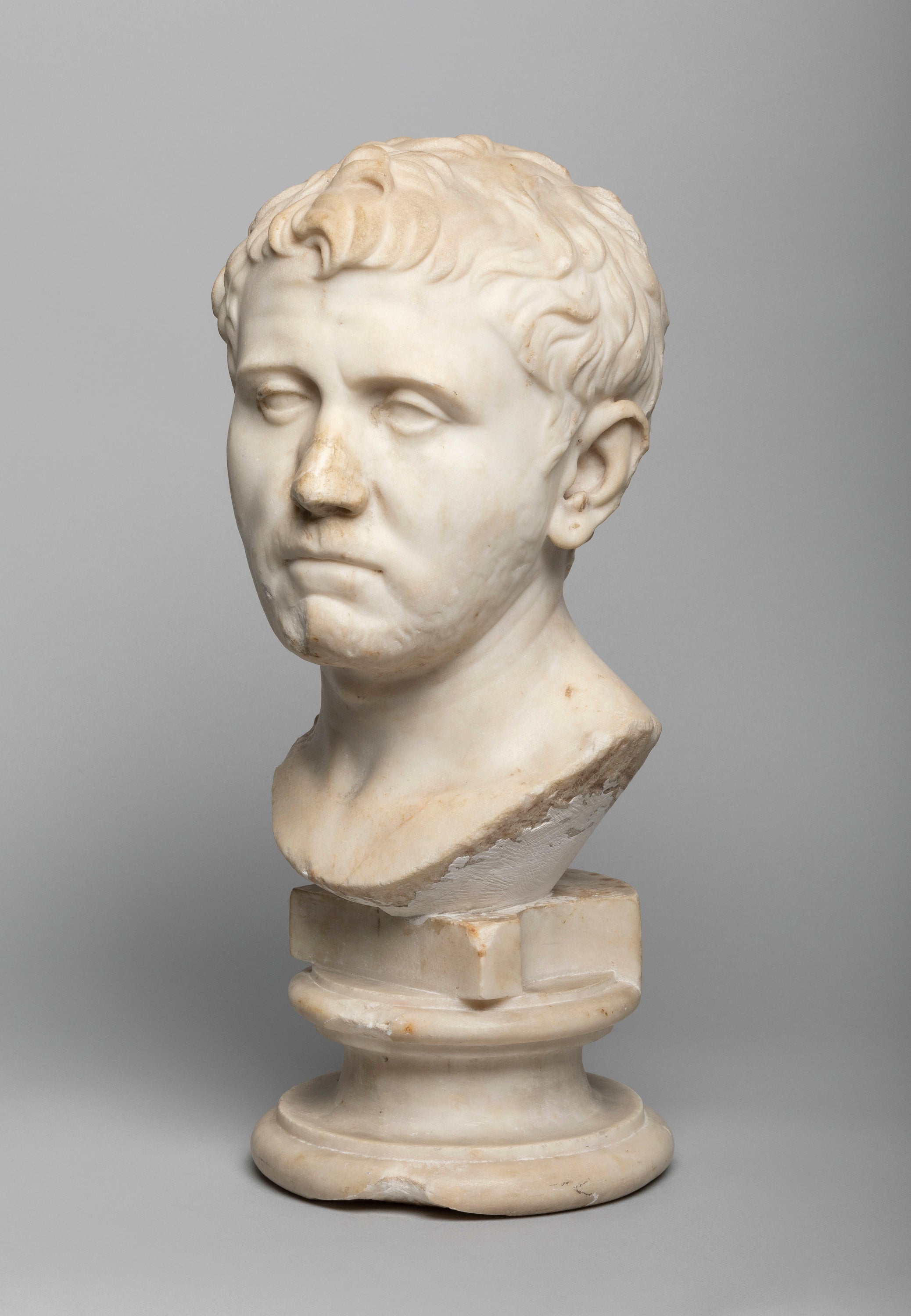Goodwill find in Texas turns out to be ancient Roman bust
A marble bust that a Texas woman bought for about $35 from a Goodwill store is temporarily on display at a San Antonio museum after experts determined it was a centuries-old sculpture missing from Germany since World War II

Your support helps us to tell the story
From reproductive rights to climate change to Big Tech, The Independent is on the ground when the story is developing. Whether it's investigating the financials of Elon Musk's pro-Trump PAC or producing our latest documentary, 'The A Word', which shines a light on the American women fighting for reproductive rights, we know how important it is to parse out the facts from the messaging.
At such a critical moment in US history, we need reporters on the ground. Your donation allows us to keep sending journalists to speak to both sides of the story.
The Independent is trusted by Americans across the entire political spectrum. And unlike many other quality news outlets, we choose not to lock Americans out of our reporting and analysis with paywalls. We believe quality journalism should be available to everyone, paid for by those who can afford it.
Your support makes all the difference.A marble bust that a Texas woman bought for about $35 from a Goodwill store is temporarily on display at a San Antonio museum after experts determined it was a centuries-old sculpture missing from Germany since World War II.
The bust, which art collector Laura Young found at Goodwill in 2018, once belonged in the collection of King Ludwig I of Bavaria, according to the San Antonio Museum of Art, which is temporarily displaying the piece until it is returned to Germany next year.
The ancient Roman bust dates to the first century B.C. or first century A.D. and historians believe it may depict a son of Pompey the Great, who was defeated in civil war by Julius Caesar, the museum said. The sculpture was last seen in Aschaffenburg, Germany, and experts believe a soldier took the sculpture and brought it to the United States, the museum said.
A Sotheby's consultant identified the work and it was further authenticated, the museum said.
“We are very pleased that a piece of Bavarian history that we thought was lost has reappeared and will soon be able to return to its rightful location," said Bernd Schreiber, president of the Bavarian Administration of State-Owned Palaces, Gardens, and Lakes.
Young said there were a few months of “intense excitement” after learning the history behind the piece, which she found on the floor beneath a table at a Goodwill in Austin, Texas.
“But it was bittersweet since I knew I couldn’t keep or sell the (bust),” she said. "Either way, I’m glad I got to be a small part of (its) long and complicated history, and he looked great in the house while I had him.”